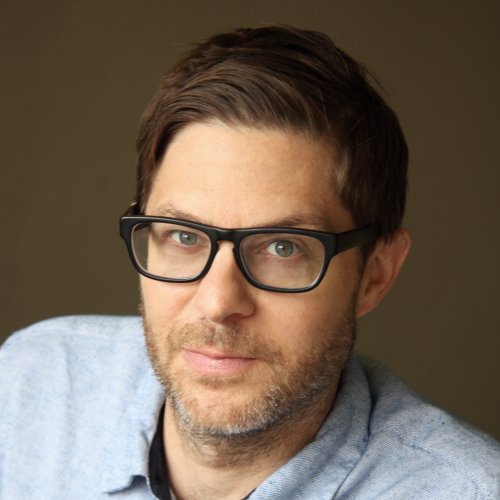
BIO
Dr. Kun is a cultural historian, author, and curator. He holds the Chair in Cross-Cultural Communication in the USC Annenberg School where he is Professor of Communication and Journalism. He is the recipient of a MacArthur “Genius” Fellowship (2016), a Berlin Prize (2018), and an American Book Award (2006). His books include Double Vision: The Photography of George Rodriguez, Songs in the Key of Los Angeles, The Tide Was Always High: The Music of Latin America in Los Angeles, Audiotopia: Music, Race, and America, and several others. As an artist and curator, he has worked with Prospect New Orleans, SFMOMA, Grammy Museum, the Getty Foundation, the Getty Research Institute, California African American Museum, Skirball Cultural Center, National Museum of American Jewish History, Contemporary Jewish Museum, among others. He hosts a monthly radio show appears on Artform Radio and WorldwideFM, and co-curates Crossfade Lab, a Latinx performance and conversation series in Phoenix, Arizona. His writing has appeared in The New York Times, Los Angeles Times, The New Yorker, and more. He co-edits the book series Refiguring American Music for Duke University Press, and serves on the boards of the UC Humanities Research Institute, Dublab, Miry’s List, and Alma Backyard Farms. He is currently writing a book on music and 21st century migration for MCD Books/FSG. He hosts a monthly radio show that appears on Artform Radio.
SCHOLAR LAB PROJECT
Here There Are Blueberries: Musical Encounters with Anti-Semitism
Dr. Kun’s project is a piece of creative non-fiction criticism-- recorded as an audio essay with musical accompaniment—that explores anti-Semitism and Jewish hatred through sound and music. The piece will be a musical meditation on music in Nazi ideology: the role of music in Nazi thought and policies; the role of “Jewish ears” in formulations of anti-Jewish racism; the larger history of “the music libel against the Jews”; and the use of SS songbooks by contemporary neo-Nazi German military officers. Although focusing on music, Dr. Kun’s project is inspired by two sets of photographs. The first, from the Karl Hoecker album at the U.S. Holocaust Memorial Museum, includes three photographs from 1944 of Nazi administrators and commanders playing accordions and leading sing-a-longs at Solahutte, the SS retreat eighteen miles outside of the Auschwitz-Birkenau death camp (built by Jewish camp prisoners). In one of them, a man serenades a group of young SS women (helferinnen) as they, joyously, eat blueberries. Hoecker captioned the photograph, “Here there are blueberries.” The second set are photographs taken in the gardens of Europahaus in Berlin between 1933-1934 (housed at the Topography of Terror museum) featuring Nazi party members dancing to music under the summer sun, 100 meters away from the Gestapo “house-prison.”